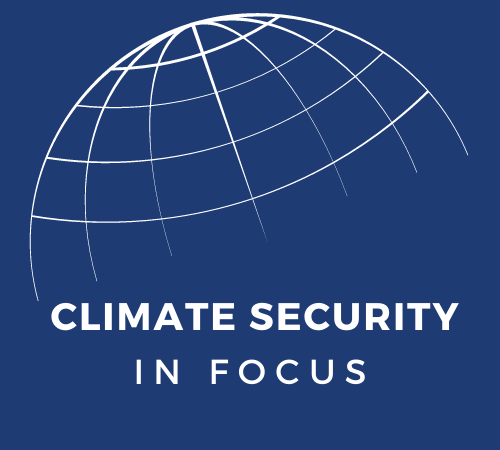
Expediting Electricity Transmission
The widespread adoption of renewables, like solar and wind, are crucial to meeting our national net-zero emissions goals. But in order for renewables to make a meaningful impact on carbon emissions, they need to be integrated into an updated, smarter grid via transmission lines. Since transmission lines move electricity from where it is produced to where it can be stored and used, they are especially important for renewable energy that is typically generated in rural areas which need to travel to high demand urban areas. Currently, more than 70% of existing transmission lines are more than 25 years old – well into their 50-year service life, which means there is an enormous opportunity to modernize the country’s grid with cutting edge technologies and equipment. However, the current cumbersome and expensive siting and permitting process for transmission lines continues to hinder increased domestic renewable integration and electrification. Therefore, a more efficient and effective transmission siting and permitting process is a critical element of lowering energy costs and increasing overall grid resilience.
Currently the transmission siting and permitting process can take ten or more years to get approval due to the complicated web of local, state, and federal regulations for an incredibly complex energy system. Almost all stakeholders agree that it needs reform, but exactly how to do so remains highly contested.
One proposal is to expand the authorities of the Federal Energy Regulatory Commission (FERC). FERC is an independent regulatory entity with a mission to assist consumers in obtaining reliable, safe, secure, and economically efficient energy services whose five-member Board is nominated by the President and approved by Congress. Its authorities to regulate the interstate transmission of natural gas, oil, and electricity are granted by Congress via the Federal Power Act, Natural Gas Act, Interstate Commerce Act, as well as the Energy Policy Act of 2005. However, it has a limited scope on what it can require utilities to do, since many activities are handled by individual State Public Utility Regulatory Commissions – a classic federal vs. state regulatory conflict. Notably, FERC does have the ability to approve permits for interstate natural gas pipelines and gas export terminals, but does not have the same authority for multi-state electrical transmission lines. There have been increased calls to expand FERC’s authority to expedite siting, planning, and cost allocation, particularly to expedite the integration of renewables, but specific Congressional action to grant the authority remains elusive. Last year, FERC began an expansive review of rules governing the electric transmission system, but a 2022 proposal by FERC itself to reform regional transmission planning was challenged by several attorneys general, citing the “major questions” doctrine based on the Supreme Court’s decision in West Virginia v. Environmental Protection Agency. National Interest Electric Transmission Corridors have also been challenged by state utilities who want the final decision-making authority on transmission. FERC’s future and any discussions of expansion continue to be an open question, and even more so given the likely departure FERC Chairman Richard Glick, whose tenure expired in June.
As such, congressional action on FERC continues to remain at a standstill. An August 2021 bill, the Streamlining Interstate Transmission of Electricity Act, proposed to expand FERC’s authority to speed up the creation of long-range, inter-regional high voltage transmission lines, but did not move out of committee. In June 2022, two Senators sent a letter urging FERC to “take steps to lower costs for developers to make grid updates to facilitate the transition to clean energy” but in September, a proposed permitting reform bill that would have improved energy production “by accelerating agency review of certain energy projects and modernizing permitting laws,” including allowing FERC to permit certain long-distance power lines, was pulled.
While FERC’s future in expediting transmission remains to be seen, work is still underway. The Infrastructure Investment and Jobs Act (IIJA), otherwise known as the Bipartisan Infrastructure Law (BIL), provided more than $62 billion for investments in clean energy infrastructure and over $70 billion for clean energy technologies, including transmission and other grid updates. In January 2022, DOE announced the Building a Better Grid Initiative to develop a national transmission plan, streamline the permitting process for grid construction, and invest in grid technology research. It plans to conduct a national transmission needs study to guide modernization activities as well as conduct an analysis to ensure the grid’s stability in the long term. DOE’s Office of Energy Efficiency & Renewable Energy (EERE) and the Grid Modernization Initiative are also working to accelerate the use and integration of renewables into a more resilient grid.
This blog is part of ASP’s Innovating out of the Climate Crisis programming, which seeks to explore innovations in five key clean energy areas: electrification, hydrogen, carbon emissions, agricultural technology, and hard to abate energy sectors. ASP is producing a series of briefing notes, blog posts, and virtual events highlighting key policy instruments, challenges, and exciting innovations that will enhance our collective ability to adapt and mitigate the climate crisis and lead to a more resilient nation.





